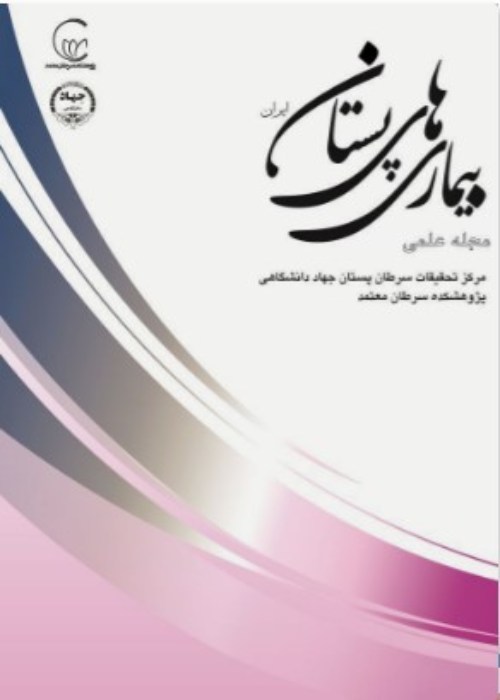Assessment of Serum Cystatin C Levels in Women with Breast Cancer Compared to the Control Group
Breast cancer is the most common type of cancer in Iranian women, detected in 70% of cases when the disease has reached an advanced stage. The discovery of new diagnostic biomarkers is essential for the early detection of the disease. Cystatin C is a member of the cystatin family and a non-glycosylated, cysteine protease inhibitor that is also used as a functional marker of the kidney.
To evaluate the serum cystatin C level in women with breast cancer compared with a control group and to verify this in the pathophysiological data of the patients.
This study was carried out on 88 women (44 patients with breast cancer and 44 healthy controls) referred to Reza radiotherapy and oncology center, Mashhad, Iran, in 2020. After recording demographic information and clinical studies, the serum cystatin C level was measured using an ELISA kit, and the data were analyzed with SPSS version 22.
The mean age of healthy controls was 48.48 years and patients 52.32 years. The patients had a mean BMI of 29.52 m2/kg, while the mean BMI for the controls was 24.37 m2/kg. Our results showed that the mean serum cystatin C level (ng/ml) in breast cancer patients was 0.555±0.413 versus 0.258±0.291 in the control group (P<0.001). Serum cystatin C levels was correlated with cancer stage (P = 0.029), tumor size (P = 0.002), tumor grade (P = 0.001). In the analysis by BMI, serum cystatin C level was significantly higher for both BMI>25 (P < 0.001) and BMI≤25 (P = 0.017) in breast cancer patients compared with the controls. Cystatin C also increases significantly in patients over 50 years (P < 0.001). No significant association was found between serum cystatin C level and lymph node involvement, estrogen receptor, progesterone receptor, or HER2. In the study of the ROC curve, sensitivity was equal to 65.9%, specificity 86.4%, positive predictive value 82.8% and negative predictive value 71.6%.
Cystatin C plays an important role in the pathophysiology of breast cancer and can be used as a diagnostic biomarker.
Cystatin C , Breast Cancer , Staging , Grade , Tumor
- حق عضویت دریافتی صرف حمایت از نشریات عضو و نگهداری، تکمیل و توسعه مگیران میشود.
- پرداخت حق اشتراک و دانلود مقالات اجازه بازنشر آن در سایر رسانههای چاپی و دیجیتال را به کاربر نمیدهد.



